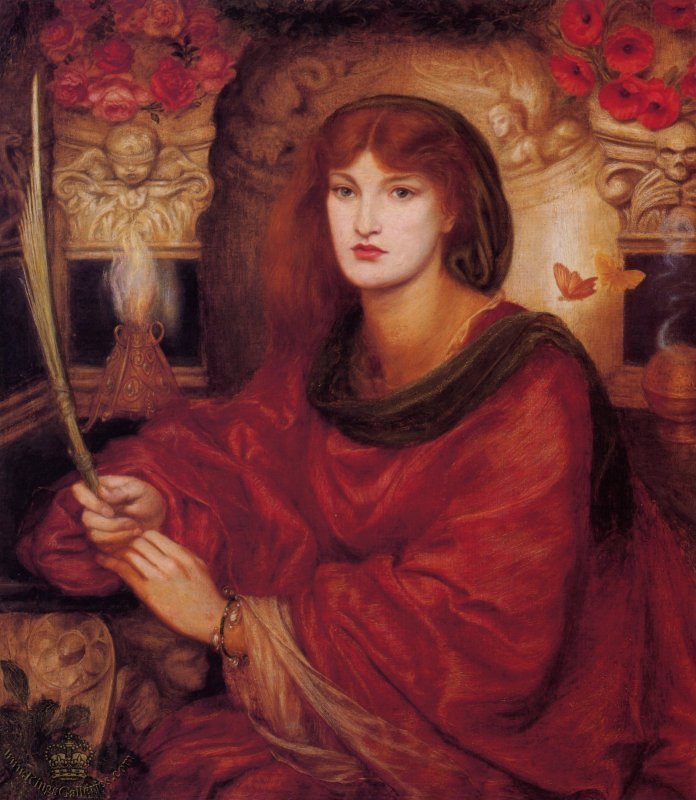ISLANDS
- chapter index -
pg. 1 - Islands | pg. 2 - Sagittarius | pg. 3 - Formentera Lady
pg. 4 - A Dragon Fig Tree's Fan | pg. 5 - The Sun | pg. 6 - Tanit
pg. 7 - The Crystal Cabinet | pg. 8 - Sailor's Tale | pg. 9 - Seizing the Ox
pg. 10 - The Letters
page index
Calypso
site index
Translate from
"But most thro' midnight streets I hear
How the youthful Harlots curse
Blasts the new-born Infants tear
And blights with plagues the Marriage hearse"
- London by William Blake, from Songs of Experience
"THE VEILED SIBYL (Stabs herself.) My hero god! (She dies.)"
- James Joyce:Ulysses, Circe
"Ibiza is female, magic and dangerous. Under the sign of the Scorpion it has a high creative activity, but itís also a place of suicide, death and satanic vibrations."
- Ibiza Nights
"This painting portrays the 'Soul's Beauty' . . .























 Arachnophilia
Arachnophilia